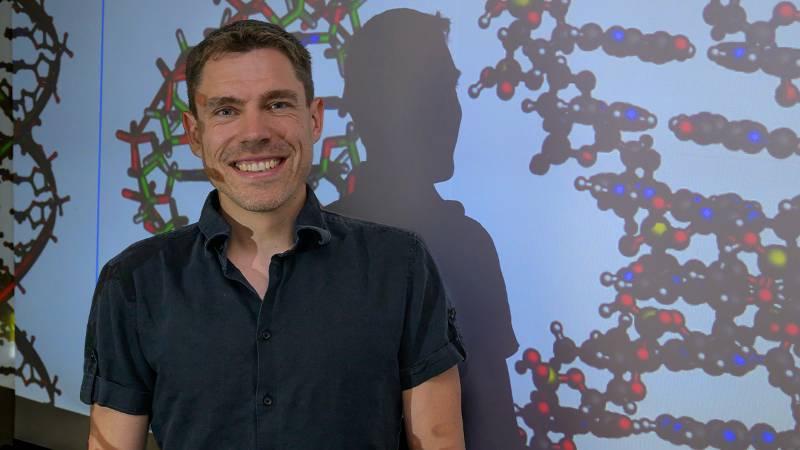A groundbreaking discovery in genetics has unveiled a new layer of complexity in how our genes are regulated. Researchers from Washington State University and the University of California, San Diego have identified a ‘spatial grammar’ within DNA that could revolutionize our understanding of gene expression and its role in health and disease.
Beyond Activators and Repressors: The Complex World of Transcription Factors
For decades, scientists have understood transcription factors – proteins that control which genes are turned on or off – as either activators or repressors of gene activity. However, this new research, published in Nature, reveals that the reality is far more nuanced.
Sascha Duttke, assistant professor at WSU’s School of Molecular Biosciences, challenges the traditional view: “Contrary to what you will find in textbooks, transcription factors that act as true activators or repressors are surprisingly rare.”
Instead, the team found that most transcription factors can function as both activators and repressors, depending on their position relative to the gene they’re influencing. This discovery adds a new dimension to our understanding of gene regulation, suggesting that the ‘where’ is just as important as the ‘what’ when it comes to genetic control.
Decoding the ‘Spatial Grammar’ of DNA
The researchers’ breakthrough came when they noticed inconsistencies in how transcription factors behaved. Bayley McDonald, a WSU graduate student involved in the study, explains: “If you remove an activator, your hypothesis is you lose activation. But that was true in only 50% to 60% of the cases, so we knew something was off.”
This observation led to the discovery of what the team calls ‘spatial grammar’ – a code within DNA that determines how transcription factors behave based on their position and spacing relative to a gene’s transcription start site.
For example, a transcription factor might activate gene expression when positioned upstream (ahead) of where a gene’s transcription begins, but inhibit its activity when located downstream. Duttke likens this to learning a new language: “It just goes to show that similar to learning a new language, to learn how gene expression patterns are encoded in our genome, we need to understand both its words and the grammar.”
This spatial grammar adds a new layer of complexity to our understanding of gene regulation. It suggests that the genome is not just a linear sequence of genetic ‘words’, but a three-dimensional landscape where the positioning of regulatory elements plays a crucial role in determining gene activity.
Why it matters: This discovery has far-reaching implications for both basic science and medical research. Understanding this spatial grammar could help explain how genetic variations contribute to disease, potentially leading to new therapeutic approaches.
Christopher Benner, associate professor at UC San Diego, emphasizes the potential impact: “The potential applications are vast. At the very least, it will change the way scientists study gene expression.”
For the general public, this research underscores the incredible complexity of our genetic code and how much we still have to learn about the fundamental processes that govern life. It also highlights the potential for new insights to dramatically reshape our understanding of genetics and its role in health and disease.
As we continue to unravel the intricacies of gene regulation, this ‘spatial grammar’ may provide new avenues for understanding and potentially treating genetic disorders. It could also lead to more precise genetic engineering techniques, with applications ranging from agriculture to personalized medicine.
The discovery of this hidden code within our DNA serves as a reminder of the ongoing nature of scientific discovery. Even in fields as well-studied as genetics, there are still fundamental principles waiting to be uncovered, each with the potential to transform our understanding of life itself.
If our reporting has informed or inspired you, please consider making a donation. Every contribution, no matter the size, empowers us to continue delivering accurate, engaging, and trustworthy science and medical news. Independent journalism requires time, effort, and resources—your support ensures we can keep uncovering the stories that matter most to you.
Join us in making knowledge accessible and impactful. Thank you for standing with us!

